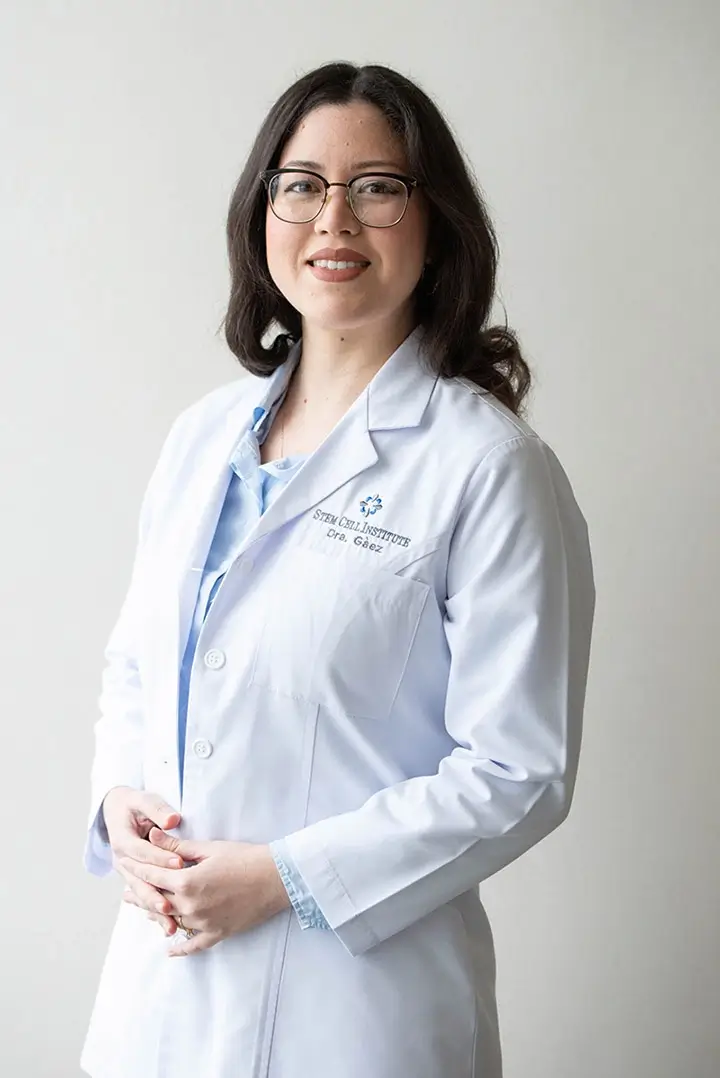In a controversial landmark decision, the U.S. Food and Drug Administration (FDA) has granted approval to the California-based biotech company Geron to commence the first human clinical trials ever to be conducted with embryonic stem cells. The trials, which are scheduled to begin in the summer of 2009 at 7 participating medical centers, will consist of administering embryonic stem cells in 8 to 10 paraplegic parients at the site of injury as soon as possible after an injury but no later than 2 weeks following an injury, before scar tissue has had time to develop. The objective of Phase I of the trials, which will be limited to patients with injuries in the middle of the spine, will be to evaluate safety. Evaluations of efficacy, in the form of patient improvement, will come later. Participating patients will also receive immunosuppressive drugs for the first couple of months in order to help minimize the risk of immune rejection. Follow-up will last for at least one year.
According to Dr. Thomas B. Okarma, Geron’s president and CEO, “This approach is one that reaches beyond pills and scalpels to achieve a new level of healing.” Nevertheless, the procedure comes with a disclaimer, since the treatment is neither expected to be a total nor an immediate cure, nor are patients expected to experience a significant restoration of function. As Dr. Okarma explains, “Any return of bladder or bowel function, a return of sensation, or a return of lower extremity locomotion would be a very exciting finding.”
Similarly, Peter Kiernan, chairman of the Christopher And Dana Reeve Foundation, is hopeful but cautious not to inflate expectations unrealistically. As he explained, “Of the millions of people dealing with paralysis in our nation, they are all delighted with subtle increases in function. We eat, drink, sleep getting people out of wheelchairs, but the reality of the world we are in is if people get bowel function, some sexual function, some ability for movement, that’s a wonderful outcome.”
The embryonic stem cells that will be used in Geron’s clinical trials were obtained from one of the already existing embryonic stem cell lines that former President Bush had approved for research, and is unrelated to President Obama’s promises of policy changes, which have yet to occur.
However, a number of million-dollar questions still remain unanswered, especially those related to whether or not immunosuppressive drugs will be enough to prevent an immune rejection of the stem cells, and whether or not these embryonic stem cells will cause teratomas in the patients. Time will tell.
The ability of embryonic stem cells to form the specific type of tumor known as a teratoma is the universal laboratory test by which embryonic stem cells are identified, since the ability to form a teratoma is, by definition, the measure of pluripotency. In stem cell laboratories throughout the world, if a cell is able to form a teratoma, then it is recognized as being an embryonic stem cell or some other type of pluripotent stem cell, but if it is not able to form a teratoma then it is recognized as being some other type of cell which is not embryonic and which lacks pluripotency. It is precisely for inherent medical risks such as teratomas that embryonic stem cells had not received previous FDA authorization to be used in clinical trials in the U.S., prior to Geron. Since adult stem cells are not pluripotent but instead are multipotent, they do not pose the risk of teratoma formation which is why adult stem cells are already being used in clinics around the world to treat patients with a wide variety of diseases and injuries. By sharp contrast, scientists agree that any hope of a safe and effective clinical therapy being developed from embryonic stem cells is still at least another decade away, if not further.
The cost of the therapy also remains an unknown factor, as well as the extent to which such a medical expense might be covered by insurance. No doubt all questions will be answered in time, however.
Attaining FDA approval to begin the testing of embryonic stem cells required what has been described by many in the field as a herculean effort, which cost Geron more than $150 million dollars in preliminary research that was conducted over a span of 13 years. Now, many more years of expensive clinical trials will still be required before the FDA can consider approving Geron’s embryonic stem cells for availability on the U.S. market.
Geron Corp. was heavily involved in the funding of Dr. James Thomson’s laboratory at the University of Wisconsin at Madison in the 1990s, when Dr. Thomson became the first person to isolate an embryonic stem cell, first from a primate in 1995 and later from a human in 1998. Current plans at Geron are also in progress for the development of embryonic stem cells in the treatment of heart failure and in the growth of insulin-producing beta islet cells for the treatment of Type 1 diabetes.

